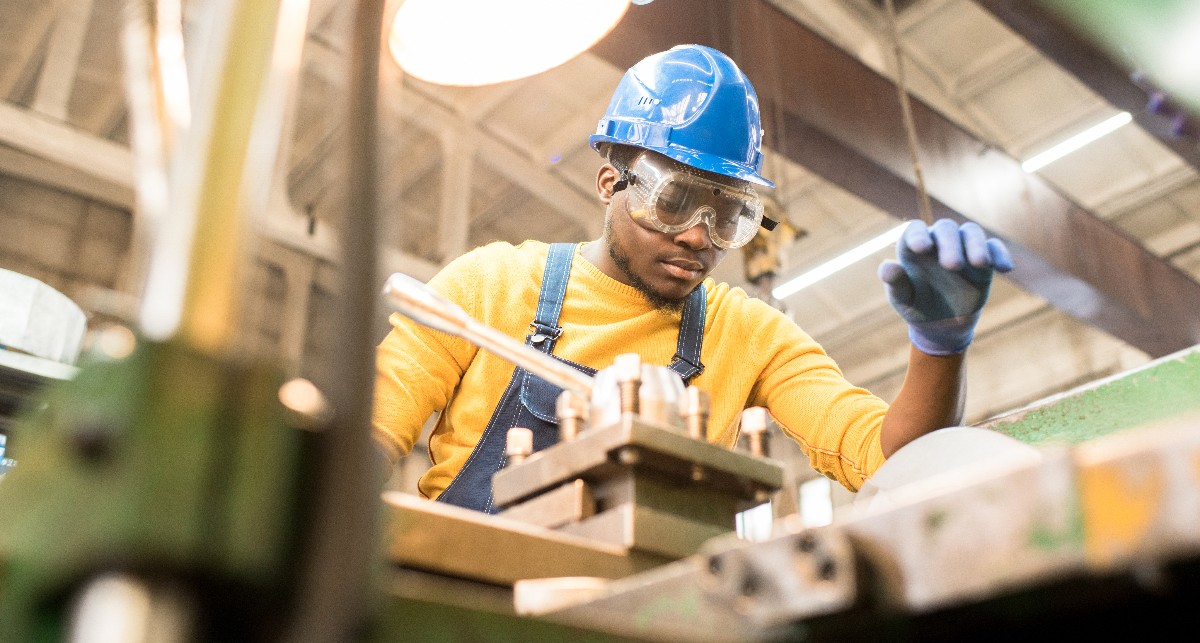Paul English, founder of several software companies and a multimillionaire executive who doesn’t need a side job to make ends meet, becomes an Uber driver for six months.
Adrian Perkins, Mayor of Shreveport (Louisiana), completes an episode of Undercover Boss.
Richard Branson, the founder of the Virgin Group, calls his customer service staff and asks questions under an alias.
These are a few examples of top-tier professionals making an intentional effort to ensure customer service is at its best within their respective organizations. Paul English wanted to know how it felt for others to rate his level of service and focused on the environment and conversation he needed in order to achieve the highest Uber reviews possible.
Adrian Perkins wanted to see if the citizens he represented felt his administration was a source of positive light and transformation.
While Richard Branson whole-heartedly believes that top-notch customer service is key to attracting and retaining customers and as a result, poses undercover as someone with an array of questions to gauge the patience, knowledge, and consideration of his employees.
At the end of the day, it’s extremely rare to find a product or service that has no competitors. Walmart wrestles Target. American Airlines challenges Delta. Bud Light battles Michelob ULTRA. Hot Head competes with Chipotle. The list of products and services that have competitors and as a result, must work to set themselves apart could go on-and-on.
This is why top executives of successful businesses know that it’s not the product alone that keeps their business toward the top of their respective leaderboard, it’s the way their company makes their customers feel— customer service.
According to a May 2019 publication from salesforce.com, the following stats prove why customer service can be part of the Achilles heel or flagship of a business:
- 47% of customers say a subpar experience will make them stop buying from a company
- A customer is four times more likely to buy from a competitor if the problem is service-related rather than price or product-related
- The majority of Americans have decided not to make a purchase because of a poor customer service experience
- It takes 12 positive customer experiences to make up for one negative experience
- It costs 6-7 times more to attract a new customer than to retain an existing customer
- 70% of buying experiences are based on how the customer feels they are being treated
- 62% of customers say they share their bad experiences with others
If these statistics aren’t enough to see and feel the importance of customer service, then consider the fact that U.S. businesses lose an estimated $62 billion a year because of bad customer experiences. Research shows that after one negative experience with a company:
- 91% will take some sort of action
- 51% will never use the company again
- 38% will change their supplier
- 42% will post a negative review online or share their negative experience on social media
- 5% will inform the media
The destructive nature of poor customer service is often a media headline, so I’d like to offer something to the positive side of the coin as well. Research indicates that a positive customer experience leads to the following:
- 70% will be loyal
- 65% will recommend the company to others
- 43% will use the company more frequently
- 40% will spend more money
When we break all these statistics down, there’s one common thread: It matters how you make people feel. Find time to make every customer feel valued and noticed because that’s an investment that makes sense for your company’s longevity and cents for your company’s bottom line.
Author: Evelyn Lindell





